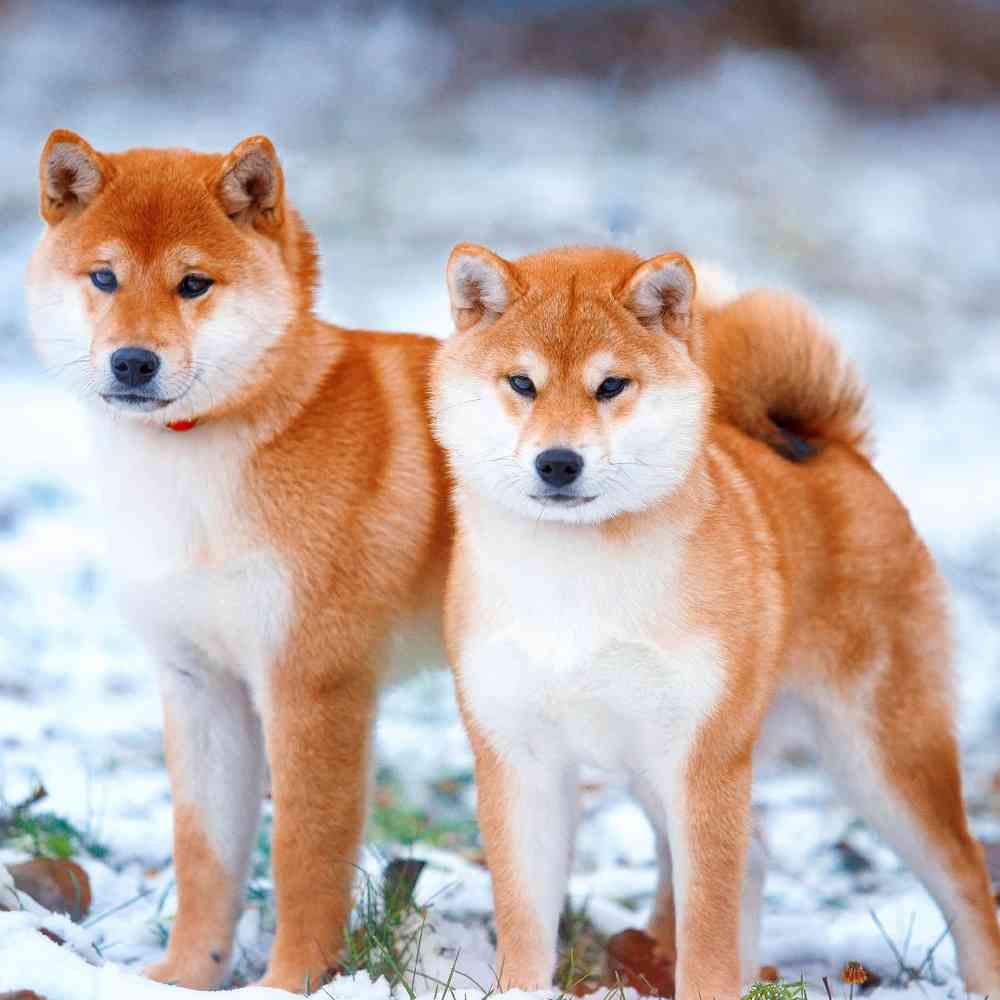Shiba Inu

An ancient Japanese breed, the Shiba Inu is a little but well-muscled dog once employed as a hunter. Today, the spirited, good-natured Shiba is the most popular companion dog in Japan. The adaptable Shiba is at home in town or country.


Want to know more about Shiba Inu ?
Breed Traits
General Appearance
The Shiba is the smallest of the Japanese native breeds of dog and was originally developed for hunting by sight and scent in the dense undergrowth of Japan's mountainous areas. Alert and agile with keen senses, he is also an excellent watchdog and companion. His frame is compact with well-developed muscles. Males and females are distinctly different in appearance: males are masculine without coarseness, females are feminine without weakness of structure.
Size, Proportion, Substance
Head
Neck, Topline, Body
Forequarters
Hindquarters
Coat
Color
Gait
Temperament
Disqualifications
Clubs, Registries & Associations
American Canine Association Continental Kennel Club Universal Kennel Club International American Kennel Club United All Breed Registry America's Pet Registry, Inc. United Kennel Club (Based on breed recognition. See store for details on this particular puppy.)
Group
Heritage
Description
Health Awareness
Personality
Additional Information
Interesting To Know
The Shiba Inu Puppy Cam spread around the internet in 2008 where you could watch six Shiba Inu puppies. Within the first week of this website, more than three million viewers had logged 1.2 million hours watching the newborn puppies. Inu is the Japanese word for "dog". Shiba means "brushwood" in Japanese, but in the Nagano dialect it means "small". This means that Shiba Inu has usually translated to "Little Brushwood Dog."
About
Brought to America from Japan as recently as 60 years ago, Shibas are growing in popularity in the West and are already the most popular breed in their homeland. Their white markings combined with their coloring (red, red sesame, or black and tan) and their alert expression and smooth stride makes them almost foxlike. They’re sturdy, muscular dogs with a bold, confident personality to match.


